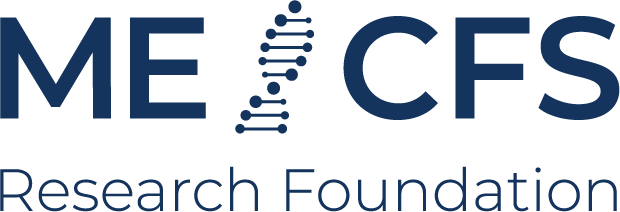Association of SARS-CoV-2 Seropositivity With Myalgic Encephalomyelitis and/or Chronic Fatigue Syndrome Among Children and Adolescents in Germany
About
Link
Abstract
IMPORTANCE: During the COVID-19 pandemic, a reduction in quality of life and physical and mental health among children and adolescents has been reported that may be associated with SARS-CoV-2 infection and/or containment measures. OBJECTIVE: To assess the association of SARS-CoV-2 seropositivity with symptoms that may be related to myalgic encephalomyelitis and/or chronic fatigue syndrome (ME/CFS) among children and adolescents. DESIGN, SETTING, AND PARTICIPANTS: This substudy of the cross-sectional SARS-CoV-2 seroprevalence surveys in Germany (SARS-CoV-2 KIDS) was performed in 9 pediatric hospitals from May 1 to October 31, 2021. Pediatric patients were recruited during an inpatient or outpatient visit regardless of the purpose of the visit. Parental questionnaires and serum samples were collected during clinically indicated blood draws. The parental questionnaire on demographic and clinical information was extended by items according to the DePaul Symptom Questionnaire, a pediatric screening tool for ME/CFS in epidemiological studies in patients aged 5 to 17 years. EXPOSURES: Seropositivity was determined by SARS-CoV-2 IgG antibodies in serum samples using enzyme-linked immunosorbent assays. MAIN OUTCOMES AND MEASURES: Key symptoms of ME/CFS were evaluated separately or as clustered ME/CFS symptoms according to the DePaul Symptom Questionnaire, including fatigue. RESULTS: Among 634 participants (294 male [46.4%] and 340 female [53.6%]; median age, 11.5 [IQR, 8-14] years), 198 (31.2%) reported clustered ME/CFS symptoms, including 40 of 100 SARS-CoV-2-seropositive (40.0%) and 158 of 534 SARS-CoV-2-seronegative (29.6%) children and adolescents. After adjustment for sex, age group, and preexisting disease, the risk ratio for reporting clustered ME/CFS symptoms decreased from 1.35 (95% CI, 1.03-1.78) to 1.18 (95% CI, 0.90-1.53) and for substantial fatigue from 2.45 (95% CI, 1.24-4.84) to 2.08 (95% CI, 1.05-4.13). Confinement to children and adolescents with unknown previous SARS-CoV-2 infection status (n = 610) yielded lower adjusted risks for all symptoms except joint pain ME/CFS-related symptoms. The adjusted risk ratio was 1.08 (95% CI, 0.80-1.46) for reporting clustered ME/CFS symptoms and 1.43 (95% CI, 0.63-3.23) for fatigue. CONCLUSIONS AND RELEVANCE: These findings suggest that the risk of ME/CFS in children and adolescents owing to SARS-CoV-2 infection may be very small. Recall bias may contribute to risk estimates of long COVID-19 symptoms in children. Extensive lockdowns must be considered as an alternative explanation for complex unspecific symptoms during the COVID-19 pandemic.
Authors (all)
Sorg, Anna-Lisa; Becht, Selina; Jank, Marietta; Armann, Jakob; von Both, Ulrich; Hufnagel, Markus; Lander, Fabian; Liese, Johannes G.; Niehues, Tim; Verjans, Eva; Wetzke, Martin; Stojanov, Silvia; Behrends, Uta; Drosten, Christian; Schroten, Horst; von Kries, Rüdiger
Linked author profiles see list below.
Research projects
This publication has no research projects linked or they are not public yet.

